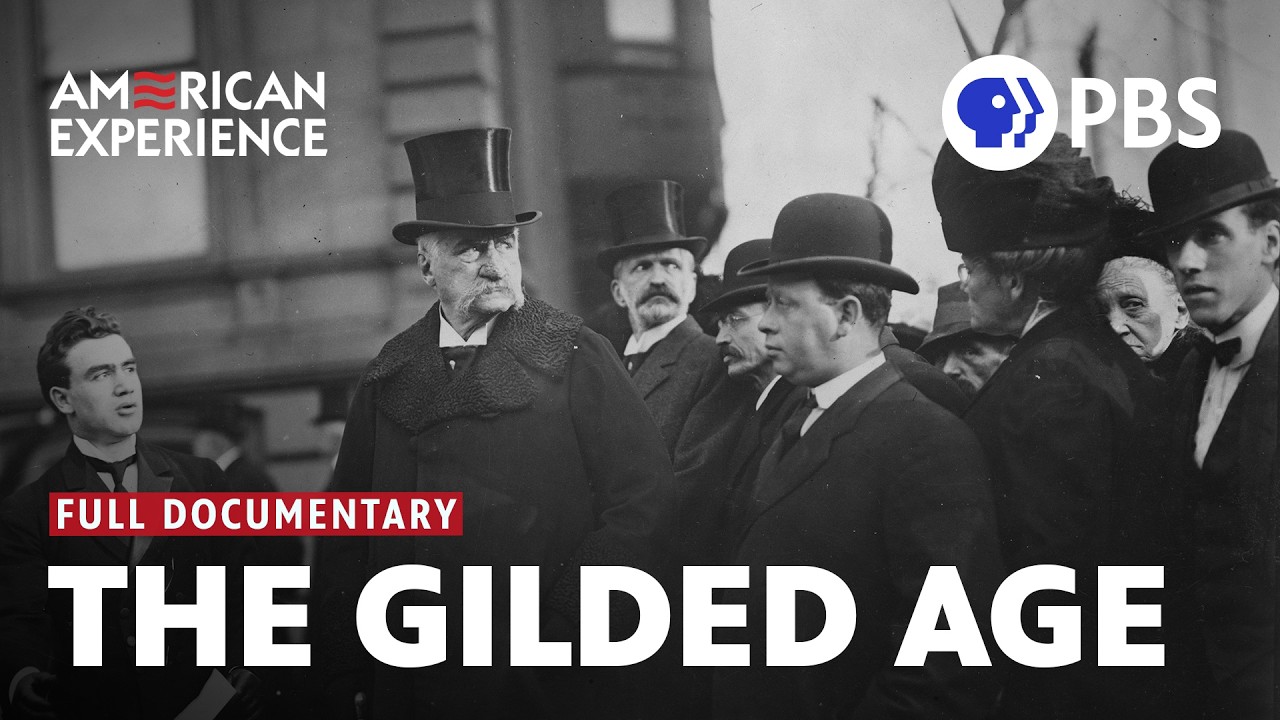
"In the clos­ing decades of the nine­teenth cen­tu­ry, dur­ing what has become known as the Gild­ed Age, the pop­u­la­tion of the Unit­ed States dou­bled in the span of a sin­gle gen­er­a­tion. The nation became the world's lead­ing pro­duc­er of food, coal, oil, and steel, attract­ed vast amounts of for­eign invest­ment, and pushed into mar­kets in Europe and the Far East."
"As nation­al wealth expand­ed, two class­es rose simul­ta­ne­ous­ly, sep­a­rat­ed by a gulf of expe­ri­ence and cir­cum­stance that was unprece­dent­ed in Amer­i­can life. These dis­par­i­ties sparked pas­sion­ate and vio­lent debate over ques­tions still being asked in our own times: How is wealth best dis­trib­uted, and by what process? Does gov­ern­ment exist to pro­tect pri­vate prop­er­ty or pro­vide balm to the inevitable casu­al­ties of a churn­ing indus­tri­al sys­tem?"
Economic inequality, rapid technological change, the emergence of dominant corporations controlled by a small business elite, political corruption, and the rise of populism and nativism characterize American life in 2025. A parallel appears in the Gilded Age of the late nineteenth century. Population doubled within a generation as the nation became the world's leading producer of food, coal, oil, and steel, drew large foreign investment, and expanded into European and Far East markets. National wealth expansion coincided with the simultaneous rise of two classes separated by unprecedented differences of experience and circumstance. Those disparities fueled passionate and violent debates about wealth distribution, government's role in protecting property versus aiding victims of industrial churn, and whether policy should prioritize economic growth or economic justice.
Read at Open Culture
Unable to calculate read time
Collection
[
|
...
]